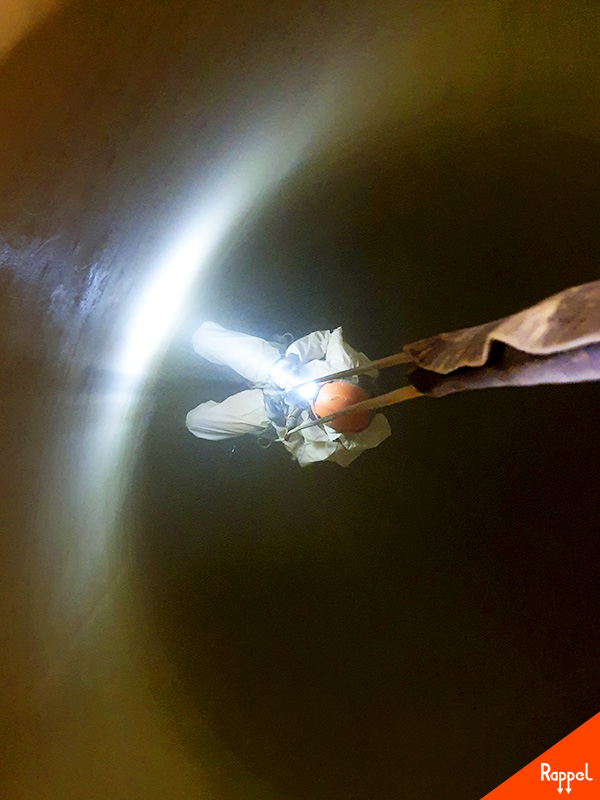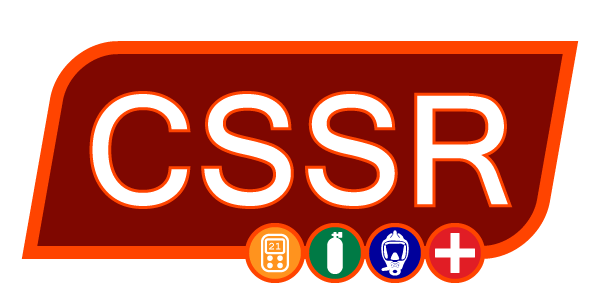What is a Confined Space?
In the UK, the primary legislative articles that regulate working within confined space environments are ‘The Confined Space Regulations 1997’. Within Statutory Instrument No.1713, a confined space is defined as:
“confined space” means any place, including any chamber, tank, vat, silo, pit, trench, pipe, sewer, flue, well or other similar space in which, by virtue of its enclosed nature, there arises a reasonably foreseeable specified risk…
Although certain confined spaces can be clearly apparent, the classification of a confined space can be subject to change based on both fixed and variable factors. When undertaking an assessment of a confined space, the principal objective is to determine all probable specified risks, of which:
“specified risk” means a risk of—
(a) serious injury to any person at work arising from a fire or explosion;
(b) without prejudice to paragraph (a)—
(i) the loss of consciousness of any person at work arising from an increase in body temperature;
(ii) the loss of consciousness or asphyxiation of any person at work arising from gas, fume, vapour or the lack of oxygen;
(c) the drowning of any person at work arising from an increase in the level of a liquid; or
(d) the asphyxiation of any person at work arising from a free flowing solid or the inability to reach a respirable environment due to entrapment by a free flowing solid;
Working in Confined Spaces
Confined Space Assessment, Access & Entry
Where access into a confined space is required to undertake work, initially, a full confined space assessment needs to be undertaken by a trained and competent person. This is to identify and quantify the associated specified risks.
Following this assessment, an appropriate plan of work including full methodology, a comprehensive risk assessment, and the required control and mitigation measures can be developed to form a viable and safe ‘system of work’.
Confined Space: Safe System of Work
A confined space ‘safe system of work’ will account for, but not be limited to, the risk factors associated with, fire and explosion, the effects of temperature, atmospheric conditions, the presence and fluctuation of liquids, and asphyxiation or entrapment by free-flowing solid materials.
Control measures for eliminating, monitoring, or mitigating the determined risk factors also need to include variations that may occur as a result of the works process, such as where the use of chemicals are required, or where burning and welding activities are involved.
Confined Space Services
Require works undertaking within a confined space? We have teams of professional technicians and skilled trades, trained and experianced in confined space access and entry, available for projects nationwide. See our full range of services here, need more information, or advice? Contact us, or call us on 0800 888 6638, we’re here to help…
Confined Space Services
- Confined Space Assessments
- Confined Space Inspections & Surveys
- Confined Space Cleaning & Maintenance
- Confined Space Installations & Technical
Benefits of Our Service
- UK Nationwide Operational Coverage
- Fully Trained, Certified and Qualified Personnel
- IRATA Industrial Rope Access Trained Technicians
- Confined Space Entry & Rescue Trained Operatives
Confined Space Emergency Planning & Rescue
Emergency preparedness is a vital aspect of planning works within a confined space environment. Dependent on the type and level of risks identified, characteristics of the confined space, and the nature of the works being undertaken, a designated confined space rescue team may be necessary to readily action a pre-planned emergency procedure.
Need support for a confined space project? Find out more about our Confined Space Support & Rescue services, contact us or call us on 0800 888 6638.
Confined Spaces: Resources & Informative Links
Need to find out more? Don’t hesitate to get in touch with us via our contact page or call us on 0800 888 6638 for further information or advice. Check out these external links to additional informative resources:





